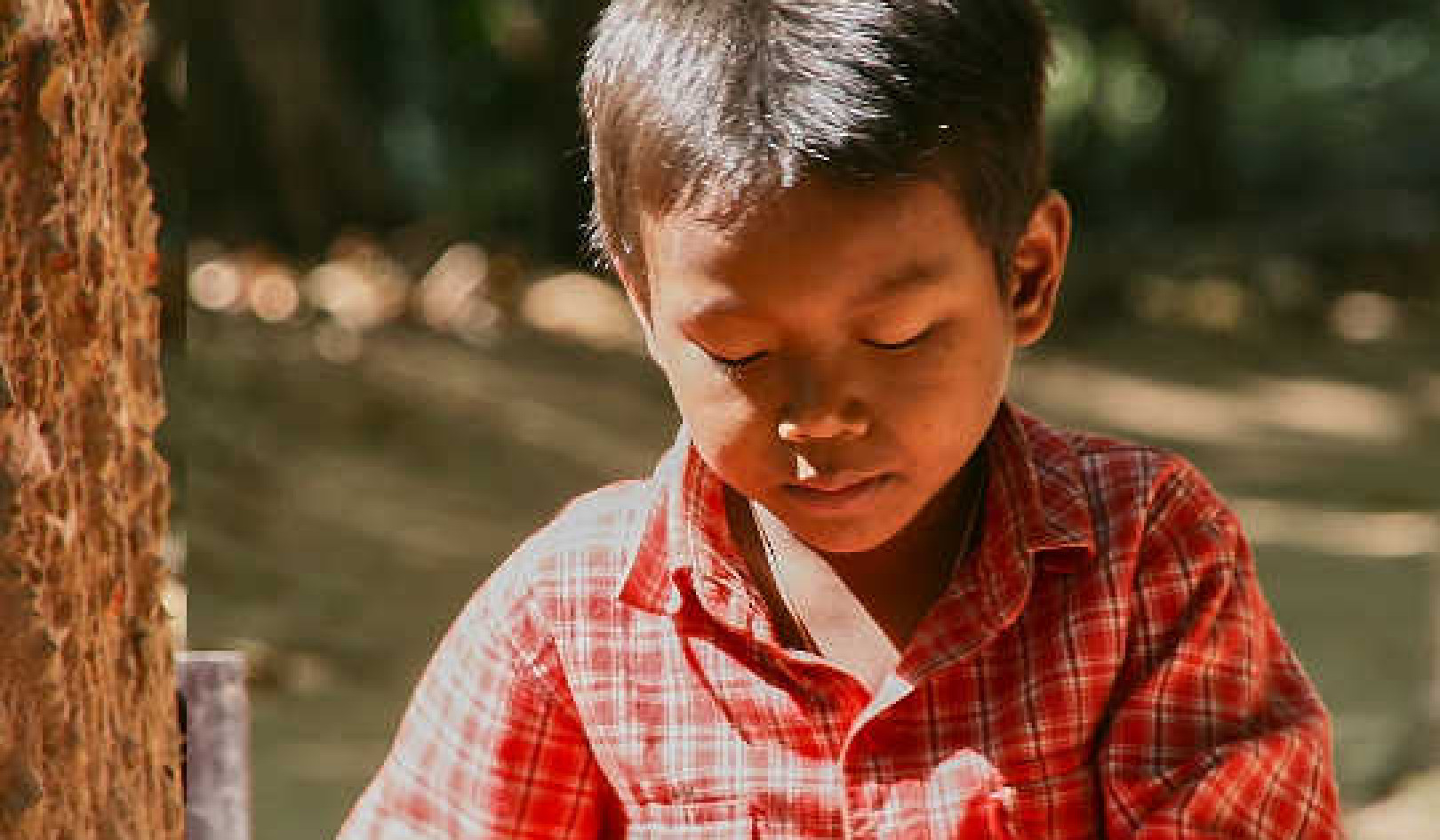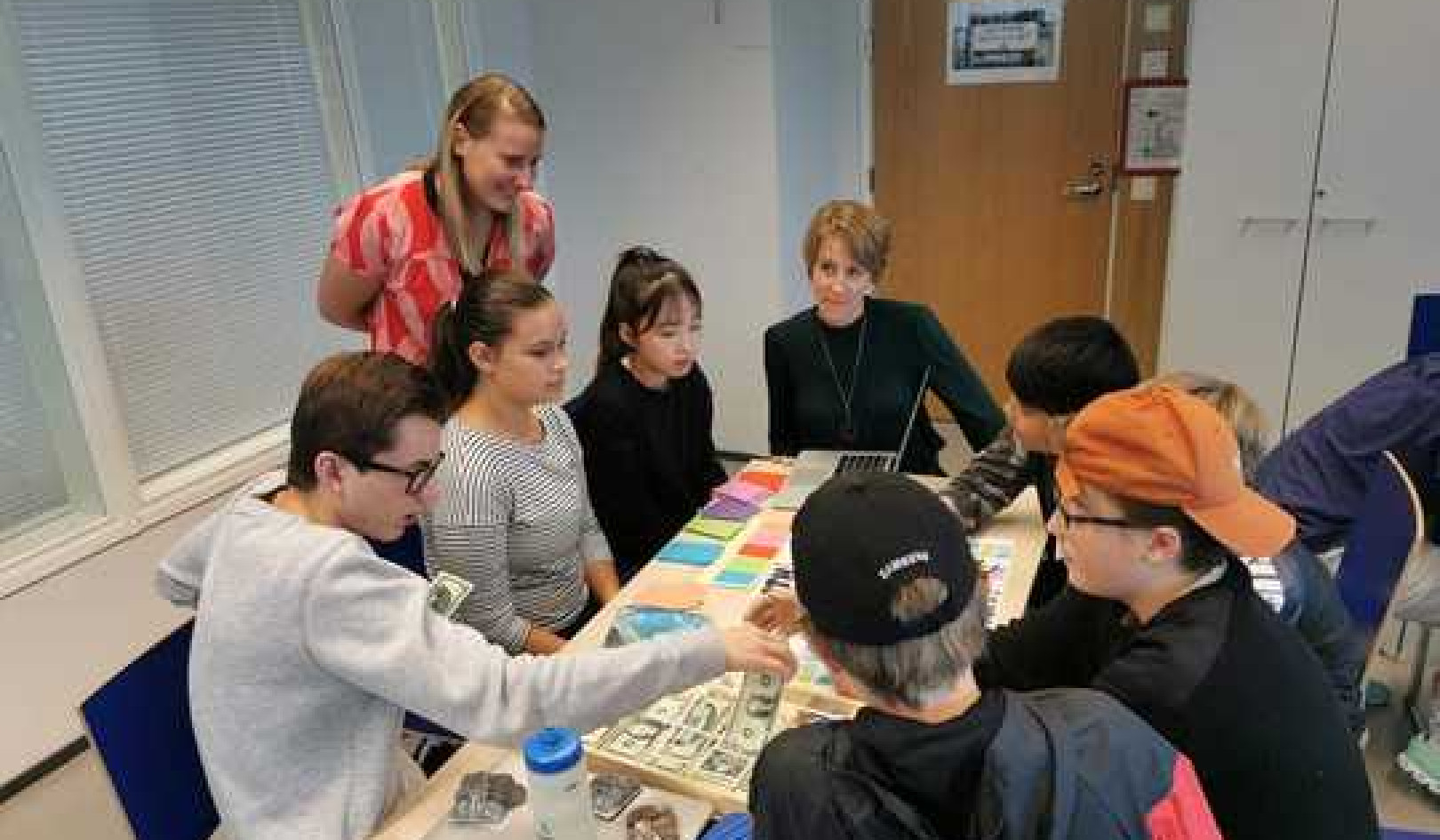
Image by Gerd Altmann
Your task is not to seek for love, but merely to seek and find
all the barriers within yourself that you have built against it.
— RUMI
The day that His Holiness the Dalai Lama won the 1989 Nobel Peace Prize, I attended his previously scheduled public talk on compassion at UC Irvine in Southern California. Thousands of us sat in the sports arena’s steep rows looking down at him sitting simply on the stage.
The Dalai Lama spoke about how he had worked for thirty-five years to resolve his anger, in particular his anger at members of the Chinese government, and how he had finally come to a place of compassion for them. He told us that for many years, he would get very upset when speaking with Chinese officials on the phone. He went on to say that eventually, after he had thoroughly transformed his anger, he would no longer get upset when speaking with them. Chuckling, he said that then they were upset that they couldn’t get to him in the same way!
His story demonstrates that even for an exemplary individual, it is hard work to fully liberate one’s anger. It takes time. His effort demonstrates the power and efficacy of meditation and inner work to help us move past our suffering.
Resolving the Sorrow, Suffering and Trauma
We are aware of so much suffering in the world: wars, terrorists, mass shootings, displaced refugees, American police killing innocents, and people being hurt or killed in so many ways. You may have suffered trauma yourself. It is healing to have a way to work internally with this sorrow in concert with the ways we are called on to work in the world.
We can engage in the Love on Every Breath meditation in order to transform our relationship with suffering. We can turn discomfort, pain, and sorrow into compassion, love, and awakening. Our kindness and care for other beings, our world, and ourselves can increasingly open into unlimited love and compassion. We can turn feelings of powerlessness into being empowered..
The Bodhisattva of Compassion and the Power of Mantra
We usually work with the Bodhisattva of Compassion as a mentor figure in this meditation. In Tibetan, this figure is known as Chenrezig; in Sanskrit as Avalokitesvara. In both languages, his name means “The One Who Beholds with Loving Eyes.”
In Tibet, Chenrezig has several forms, all male, and the form that is taught traditionally with this meditation is that of a male, white in color, who has four arms. However, this being changed forms and gender in other cultures, becoming the female Quan Yin in China and the male Kannon in Japan. It is wonderful to use Quan Yin, or Tara, if you prefer a female.
Chenrezig is the embodiment of the enlightened compassion of all buddhas, of all enlightened beings, and of all our teachers. The story goes that Chenrezig has been working for eons to benefit beings. Whether one believes this or not does not matter. When we have realized awakened love and compassion, our mind is Chenrezig.
Love on Every Breath is a meditation that ultimately connects you to your true nature. Ultimately, it is pure indestructible stainless being, awareness itself, the union of luminosity, clarity, and emptiness, that does the work of healing. The meditation leads directly into this experience.
Further, chanting mantra is an important part of this meditation, since the sounds are a powerful means for expressing love, and the sounds themselves open the channels in our subtle bodies. Years ago, Stephen Levine, who was famous for his work in the field of death and dying, told a story about this.
A person passing a bad accident on the freeway saw someone on a stretcher and immediately started praying for them and chanting the mantra “Om mani padme hum*.” A year or two later, this person was very startled to receive a letter profusely thanking them for their prayers that day. The victim had almost died, but lying on the stretcher, she felt love being sent to her, heard the prayers and mantras from this random person driving by, and found it incredibly helpful. So she memorized the license plate number as the car passed, and when she recovered, she used the number to find the well-wisher and thank them.
*Om mani padme hum is commonly translated as "The jewel is in the lotus". (Yogapedia.com)
Issues That Can Arise in Stepping into Love
Various forms of psychological resistance can come up, often around issues of authority and trust. Many people have been hurt or traumatized in the past by their parents, priests, or teachers. This is why Chenrezig is usually invoked instead of a human teacher.
However, you might not want to open to a spiritual being outside yourself. One student of mine simply could not open to the idea of a buddha or bodhisattva being present within. Sometimes we feel deficient or unworthy and have to work through these feelings before we can open to the idea that an awakened being would help us.
Some people feel that awakened beings don’t exist, or that sages, saints, and awakened humans don’t exist past death. If you feel this strongly, you may want to use a mentor who is still alive for this step.
Another common issue is to think: It’s too strange to meditate on this weird figure above my head, and even weirder to have him dissolve into me. What’s the point? The point is to help us shift from ego consciousness into feeling awakened energy, and then into awakened awareness.
Through the centuries, thousands of yogis and yoginis in India, Nepal, Tibet, Mongolia, Bhutan, and Sikkim have found this to be efficacious. Now people all over the world find the same. Simply become the awakened one without any grandiosity or inflation. Don’t overthink it; just be open and let it happen. Over time it will become increasingly real.
COMPLETE MEDITATION: Stepping into Love
Call upon and imagine Chenrezig above your head (use Quan Yin, or Tara, if you prefer a female). Aspire and pray to fully embody love and compassion for yourself and all beings and serve as a vehicle for healing.
In answer to your heartfelt aspirations, Chenrezig dissolves into light and into you. Feel that you are now inseparable from awakened body, speech, and mind, and especially from the love of the Bodhisattva of Compassion, who embodies the love of all the buddhas and bodhisattvas. You then appear in the form of Chenrezig, a body of light.
Inside your heart chakra is a crystal vajra of light — the essence of indestructible pure being, awakened love. If you wish, expand this visualization to include a small Chenrezig sitting on a lotus and moon seat in your heart, and inside Chenrezig’s heart is the crystal vajra of light. Contemplate the suffering of all beings, and engender compassion for everyone, including yourself.
From the vajra, radiate love in the form of five-colored light to all beings and to your ordinary self. If you wish, chant, out loud or silently, the powerful mantra “Om mani padme hum.” Chant as long as you like, but traditionally in Buddhism, chanting 3, 7, 21, or 108 times is considered auspicious.
ON-THE-SPOT MEDITATION: Stepping into Love
Use this On-the-Spot version whenever you feel an urgent need for help from the awakened beings, from the buddhas and bodhisattvas, from your lineage masters, or from your “higher power.” For example, use it to help generate love and compassion if you are fighting with your spouse or partner, if you see a dead animal on the road, or if you see a parent speaking to their child harshly.
I often do this step when I read the news and think of everything going on in our human world.
Feel that you are inseparable from awakened compassion and love, and appear as the Bodhisattva of Compassion (use Chenrezig, or Quan Yin, or Tara).
A crystal vajra of light in your heart radiates love as light out to one being, several, or all beings. Or simply see yourself in your ordinary form, filled with blessing and love.
Simultaneously, if you like, chant the mantra of compassion and love, “Om mani padme hum.”
©2019 by Lama Palden Drolma. All rights reserved.
Reprinted with permission of the publisher,
New World Library -- www.newworldlibrary.com
Article Source
Love on Every Breath: Tonglen Meditation for Transforming Pain into Joy
by Lama Palden Drolma Today, when our human family is facing so many challenges, it is more important than ever that we find peace and sustenance in our hearts. Love on Every Breath, or Tonglen, is a seven-step meditation for anyone who wants to nourish and open their heart. An ancient and profound meditation that has been practiced in isolated mountain retreats in the Himalayas for centuries, it is now available to us in the modern world. Lama Palden Drolma, a Western teacher trained by Tibetan Buddhist masters and also schooled in contemporary psychotherapy, introduces readers to the meditation in this powerful, user-friendly book. (Also available as a Kindle edition.)
Today, when our human family is facing so many challenges, it is more important than ever that we find peace and sustenance in our hearts. Love on Every Breath, or Tonglen, is a seven-step meditation for anyone who wants to nourish and open their heart. An ancient and profound meditation that has been practiced in isolated mountain retreats in the Himalayas for centuries, it is now available to us in the modern world. Lama Palden Drolma, a Western teacher trained by Tibetan Buddhist masters and also schooled in contemporary psychotherapy, introduces readers to the meditation in this powerful, user-friendly book. (Also available as a Kindle edition.)
Related Books
About the Author
 Lama Palden Drolma is the author of Love on Every Breath. A licensed psychotherapist, spiritual teacher, and coach, she has studied Buddhism in the Himalayas with some of the most preeminent Tibetan masters of the twentieth century. Following a traditional three-year retreat under his guidance, Kalu Rinpoche authorized her to become one of the first Western lamas. She subsequently founded the Sukhasiddhi Foundation, a Tibetan Buddhist teaching center in Fairfax, California. Visit her online at http://www.lamapalden.org.
Lama Palden Drolma is the author of Love on Every Breath. A licensed psychotherapist, spiritual teacher, and coach, she has studied Buddhism in the Himalayas with some of the most preeminent Tibetan masters of the twentieth century. Following a traditional three-year retreat under his guidance, Kalu Rinpoche authorized her to become one of the first Western lamas. She subsequently founded the Sukhasiddhi Foundation, a Tibetan Buddhist teaching center in Fairfax, California. Visit her online at http://www.lamapalden.org.
























